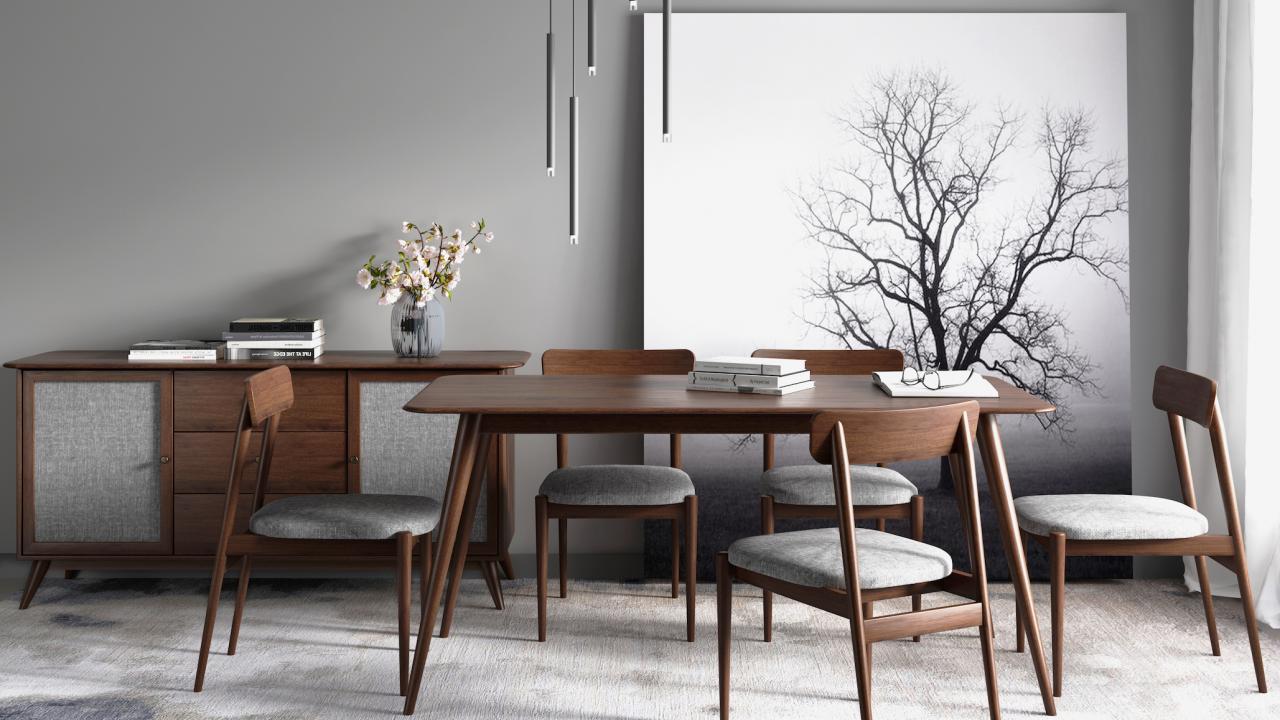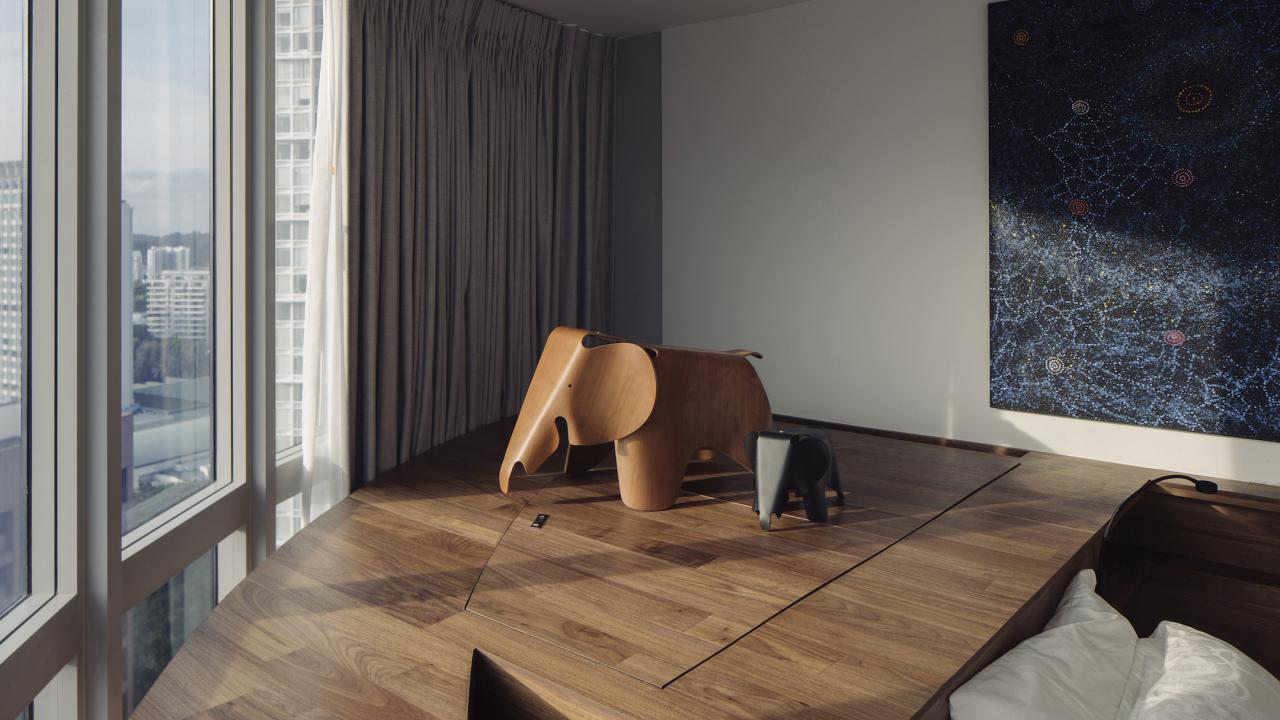Many designers will tell you that sustainability in design is important to them – and so it should be. It is right it matters to them, matters to their clients and ultimately, we will all benefit from a mindset that values responsible use of the planet’s natural resources. However, there is often a gap that exists between intention and behavior, the wish to have a sustainable approach and the actions that mean that realised designs are actually sustainable.
Timber is somewhat of a minefield when it comes to the sustainability debate. “We’ve been taught to believe that cutting down trees is bad for the environment and I have seen steel and concrete referred to as ‘green’. The term green has been applied in such inappropriate ways. The hardwood industry has been treated as the destroyer of the environment, whereas we have data that proves that American hardwood is one of the only true green building materials.” says hardwood industry veteran Criswell Davis.
To understand what makes American hardwoods different from many imported timbers, one has to turn to the history of the forest resource. On arrival in America, early European settlers cleared many hectares of forest. This was due partly to a need to satisfy the demands for timber for English naval ships. But as the ‘pioneers’ moved West, they decimated the forest to feed their need for construction materials and fuel. By the 1900s, the forest had been all but cleared in some states. However, younger, denser forests regenerated with a more diverse range of species and by the 1970s it had more than recovered. Unlike many forests in the world, the US forest consists of small holdings, owned by more than 10 million private landowners; and unlike many forests, they are selectively harvested and not clear-cut. Only the trees that have reached their peak life (around 80 years old) are felled which leaves light and space for the younger trees to flourish. Growth always exceeds annual harvest.
“For every hardwood tree that is felled in the US, 2.4 trees take its place through natural regeneration” says Davis. “As a result of clever management of the forest resource there is more than twice as much hardwood growing in the USA as compared with 50 years ago. Previously you’d have to take what I’m saying at face value but now we have Google Earth. I urge people to take a virtual flight across the Eastern United States and see how the private forestland owners in the USA have done a spectacular job of maintaining this ‘legacy crop’ to pass onto their grandchildren, great grandchildren and beyond”.
The Americans have also invested in proving the legality and sustainability of the forest. “A study by international policy and economic consultancy Seneca Creek Associates was commissioned in 2008 and then conducted again in 2017. The peer-reviewed study on both occasions demonstrated that there was a less than 1% chance of illegal wood accessing the US supply chain and that US timber was at exceptionally low risk of coming from controversial sources as defined by the FSC Controlled Wood and PEFC chain of custody standards” says John Chan, Director of Southeast Asia and Greater China for AHEC. The USDA Forestry Service also run a Forestry Inventory and Analysis program (FIA). Using data gathered from both NASA satellites and in person, the FIA reports on status and trends in terms of species, size and health of trees, total tree growth, mortality and removals. The Americans have also invested in probably the largest Life Cycle Assessment study ever undertaken in the international hardwood sector. “Life Cycle Assessment (LCA) is a scientific method to measure and evaluate the environmental burdens associated with a product or activity, by systematically describing and assessing the energy and materials used and released to the environment over the life cycle. Even with transportation all the way to Southeast Asia, American hardwoods remain not just an entirely renewable resource, but also one that is proven to be carbon negative” says Chan. The data from an LCA is put into one document entitled an American Hardwood Environmental Profile (AHEP). “An AHEP can be provided by every US hardwood exporter for every consignment of timber,” adds Chan, “as a designer you can ask your supplier to request one and this will give you certainty of the environmental impact of the exact material that you intend to use.”
Evidence such as this matters to established designers such as Singapore-based Kevin Lim from Studio SKLIM. ““It would be irresponsible not to be sustainable in practice.” he says. “From small scale interiors to larger scale architecture projects, there are always opportunities to be sustainable from introducing biophilic interior environments to using green-rated products.” he says.
This sentiment is echoed by industry luminary Ernie Koh from globally successful Singapore based furniture design company Koda. “We consider the environment in totality from design conceptualisation to the recyclability of items after the end of their life,” says Mr. Koh. “Environmental concerns need to start from the design stage. Designers need to consider the minimum use of materials, using materials proven to have a better environmental impact whilst achieving a design that works for the market.” Both prolific users of American hardwood species Lim and Koh have built strong and successful businesses on the back of keeping true to core values and minimising uncertainties, a lesson for designers everywhere.

